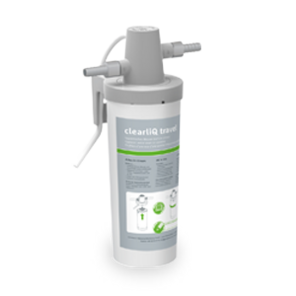Choose your desired product category
-
Grünbeck for your home
- Water softeners
- Water filter
- Pool and swimming pool technology
- Heating and energy
- Safety facilities
- Dosing Technology
- Disinfection
- Hygiene technology
- Accessories
Revolution in water hygiene
At Grünbeck, we believe that everyone should have access to excellent water quality. As far as we are concerned, water hygiene plays a decisive role in this. That's why we have developed a revolutionary hygiene product series that removes harmful pathogens more easily and effectively than ever before. Your well-being and safety are increased wherever you need them thanks to reliable germ protection.
